
What Are These Strange Black Dots In Your Kitchen
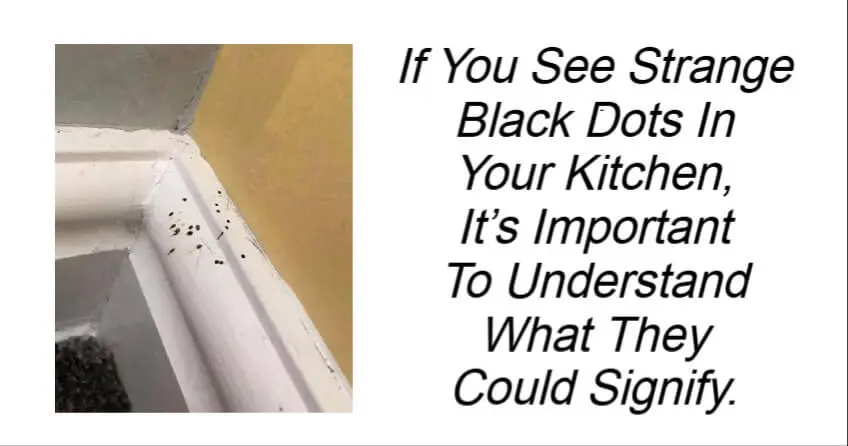
A mom recently turned to a popular Facebook cleaning group after spotting strange black specks scattered around her home. Concerned and confused, she posted photos and asked:
“Does anyone know what this is? It showed up recently on the baseboard in my dining room, and I’ve also seen bits on the wallpaper and floor — even though I mop every day! It’s not raised, and it looks like paint splatter, but it’s not.”
Within minutes, the group had an answer — and it was one that took many readers by surprise: spider poop.
💩 What Spider Droppings Actually Look Like
It might sound strange, but spiders do indeed leave droppings behind — and they don’t look like what most people expect. According to pest experts, spider feces aren’t solid pellets like those from rodents or insects. Instead, they’re a thick, dark liquid that dries into small spots resembling ink splatters or watercolor drips.
These marks tend to appear on:
-
Walls, ceilings, or baseboards near corners
-
Window frames or curtains
-
Under furniture or picture frames
-
Beneath spider webs
Depending on the spider species and its diet, the color can range from black and dark brown to grayish-white or tan. Each tiny spot is usually the size of a pinhead — flat, irregular, and easily mistaken for mold, dirt, or paint specks.
🧬 Why Spiders Leave Droppings
Spiders, like all living creatures, have to expel waste from digesting their food. After consuming prey such as flies, mosquitoes, or other insects, they excrete the indigestible remains in liquid form. The waste typically exits from the same opening used for silk and eggs, which is why droppings often appear directly beneath webs or in corners where spiders dwell.
If you notice several small dark stains forming in the same area, it likely means a spider has been living (and eating) there for some time.
⚠️ Is Spider Poop Harmful or Dangerous?
The good news: spider droppings are not known to spread diseases to humans. Studies suggest that bacteria and germs in a spider’s digestive system generally don’t survive the process of digestion or appear in their waste.
However, it’s still best to avoid direct contact. Like bird or insect droppings, spider feces may contain small amounts of organic material or allergens that could irritate the skin. Always wash your hands thoroughly with soap and warm water after cleaning.
For people with asthma or allergies, it’s smart to wear disposable gloves or a mask when wiping up dried spots, as tiny particles can become airborne.
🧼 How to Clean Up Spider Droppings
Fresh droppings are relatively easy to remove, but dried stains can be stubborn and may leave behind faint yellow or brown discoloration. Here’s how to deal with them safely and effectively:
-
Wipe fresh stains: Use a damp microfiber cloth or sponge with mild soap and warm water.
-
For dried spots: Mix a solution of water and white vinegar (1:1 ratio) and apply it to the stain. Let it sit for a minute before wiping.
-
On painted walls: Test in a hidden area first to avoid removing paint.
-
For wallpaper or delicate surfaces: Use a gentle cleaning wipe or a Magic Eraser very lightly to avoid damage.
-
Finish with disinfection: Wipe the area with a mild disinfectant or natural cleaner to remove residue.
Pro tip: Avoid harsh bleach unless absolutely necessary — it can discolor paint or wallpaper.
🕸️ Cleaning Alone Won’t Solve the Problem
Wiping up the stains is only a temporary fix. If spider droppings keep reappearing, the real issue is the spiders themselves.
To prevent future droppings:
-
Remove spider webs regularly from corners, ceilings, and behind furniture.
-
Seal cracks and gaps where spiders may enter from outdoors.
-
Reduce clutter in storage areas, closets, and basements — spiders love undisturbed spaces.
-
Keep lights off near windows at night — bright lights attract flying insects, which attract spiders.
-
Use natural repellents like essential oils (peppermint, lavender, or citrus) diluted with water and sprayed in corners.
If you notice many webs or droppings concentrated in one area, you may be dealing with a small infestation. In that case, contact a pest control expert for safe removal.
🌿 The Bottom Line
Those mysterious black dots on your walls or floors might not be dirt, mold, or paint — they could be tiny traces of spider activity. While they’re not dangerous, they can be a clear sign that spiders are making themselves comfortable in your home.
Cleaning up the spots and staying on top of household maintenance will keep things tidy, but addressing the root cause — the spiders — is the only way to ensure they don’t come back.
So next time you see those curious dark stains near your baseboards, don’t panic. You’ve just uncovered a little secret of nature’s most fascinating (and often misunderstood) houseguest.
News in the same category


Why do we have to leave our phone face down on the table when we are not using it?

Hanging a towel on the door handle before bed: Unexpected benefits but few people know

Tips for conditioning your hair with over-cooked bamboo shoots

Treat premature gray hair thanks to the black dye formula
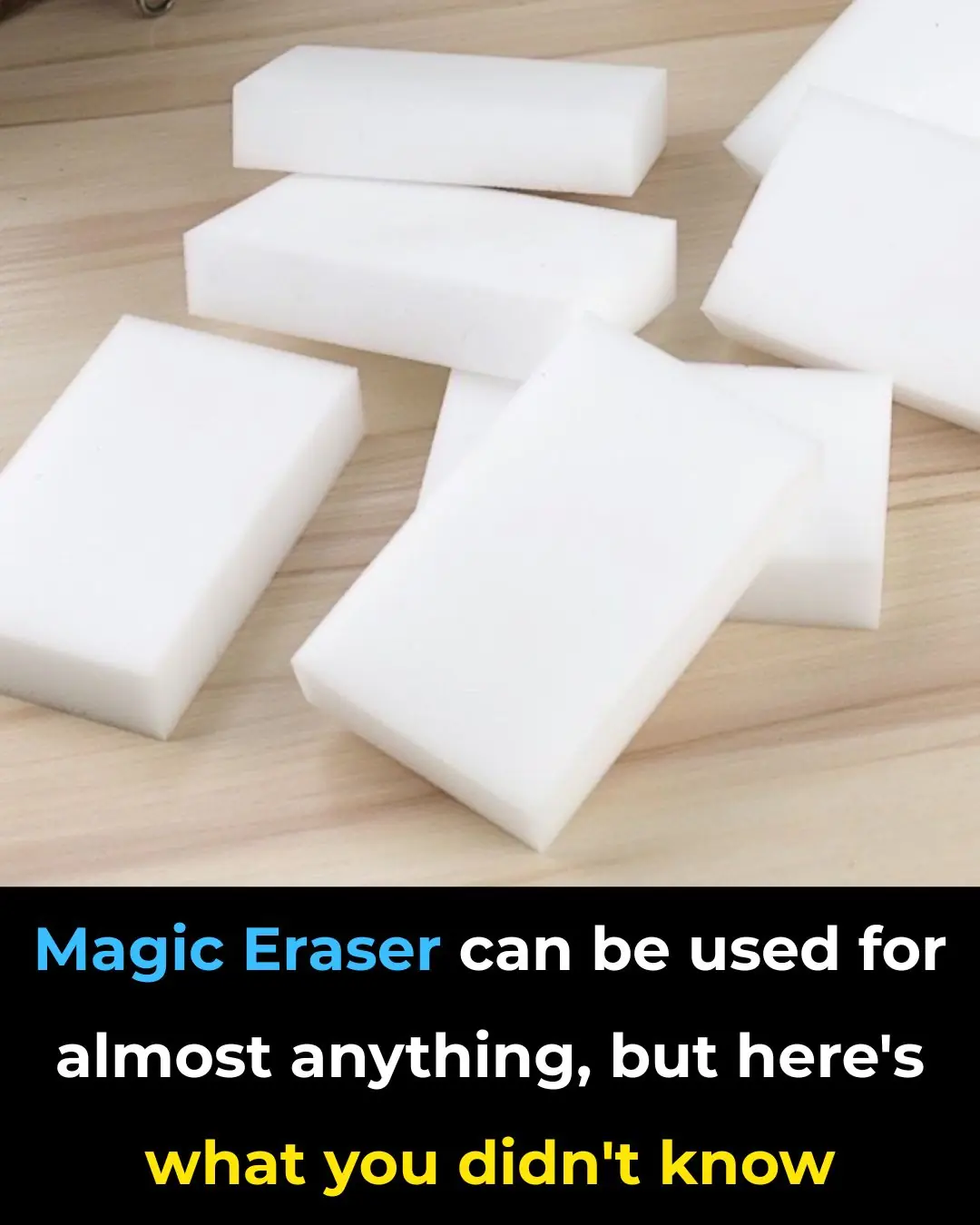
Magic Eraser can be used for almost anything, but here's what you didn't know

Wrong understanding turns water purifiers into diseases, remove them immediately to avoid harming the whole family

The house is full of dust even though it is cleaned regularly

Pour hot water over the apple

It's rainy and humid, and there's no dryer at home. Do this to dry clothes quickly and keep them from smelling bad.

Add this one thing to cooked rice to make it 10 times more delicious and the nutritional value also increases many times.

Boil pork that is both red and fishy: Drop this into the pot, the meat will cook evenly and release all dirt.

Tell mom how to make standard, crispy and irresistibly delicious banh xeo

Stop ruining leftovers with these 10 mistakes

You're doing it all wrong. Here’s the right way to store tomatoes

You’re doing it all wrong. Here’s the right way to vacuum carpets
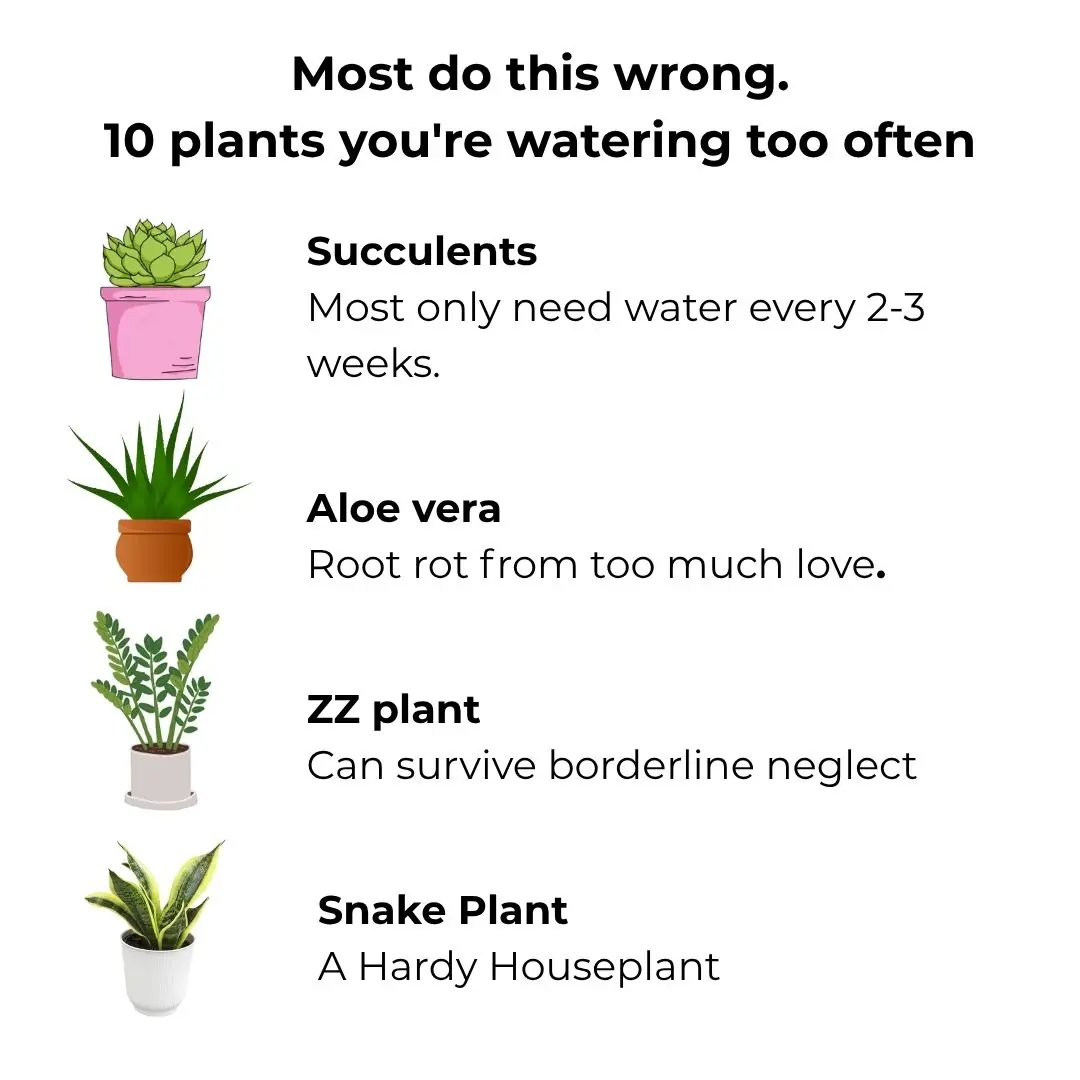
Most do this wrong. 10 plants you’re watering too often

Most don’t know. 12 brilliant ways to use WD-40 around the house

When frying lolot leaf patties, remember to take an extra step so the patties turn out fragrant, bright green, and not darkened.
News Post
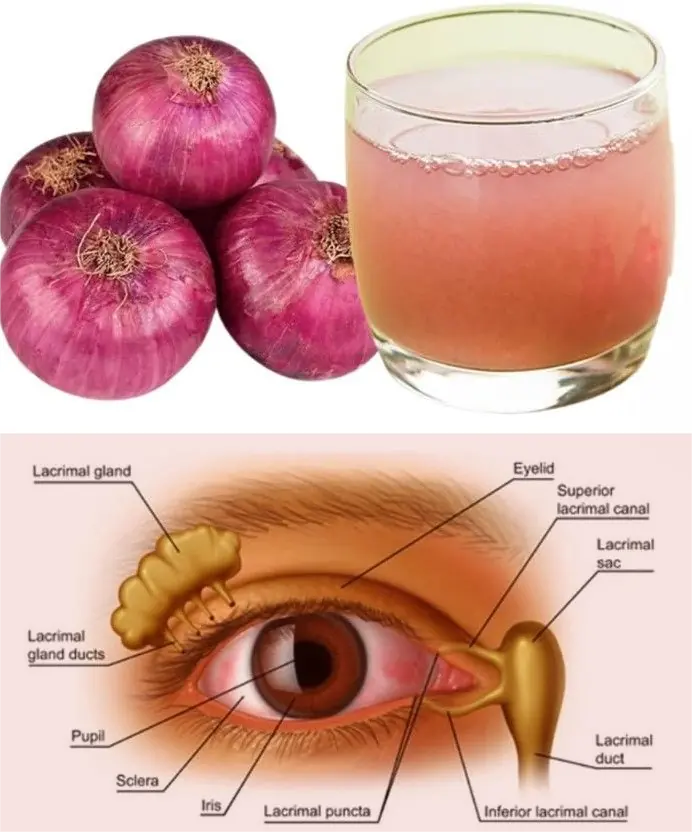
Can Onion Juice Gently Support Eye Health? A Natural Tip to Try
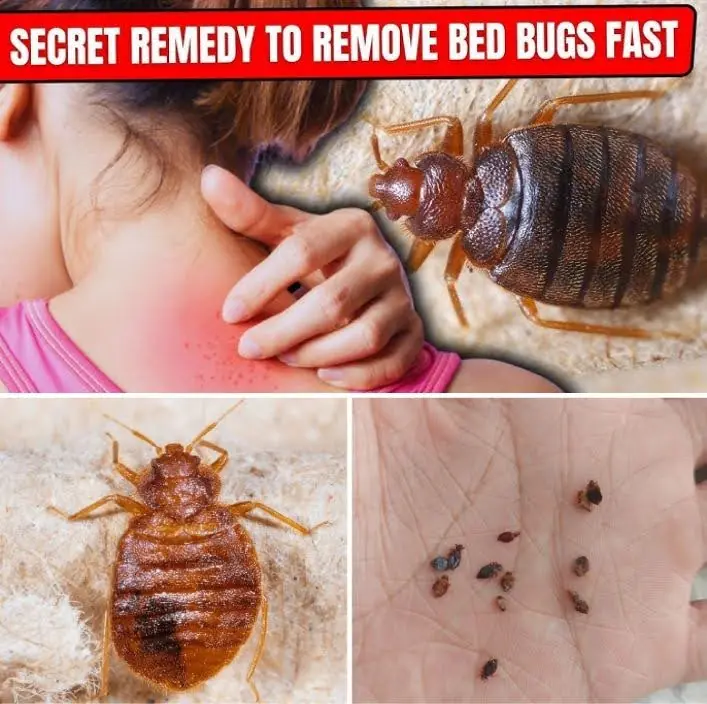
Bed Bugs Hate This! How Diatomaceous Earth and Cloves Can Wipe Them Out

These are the consequences of sleeping with the…
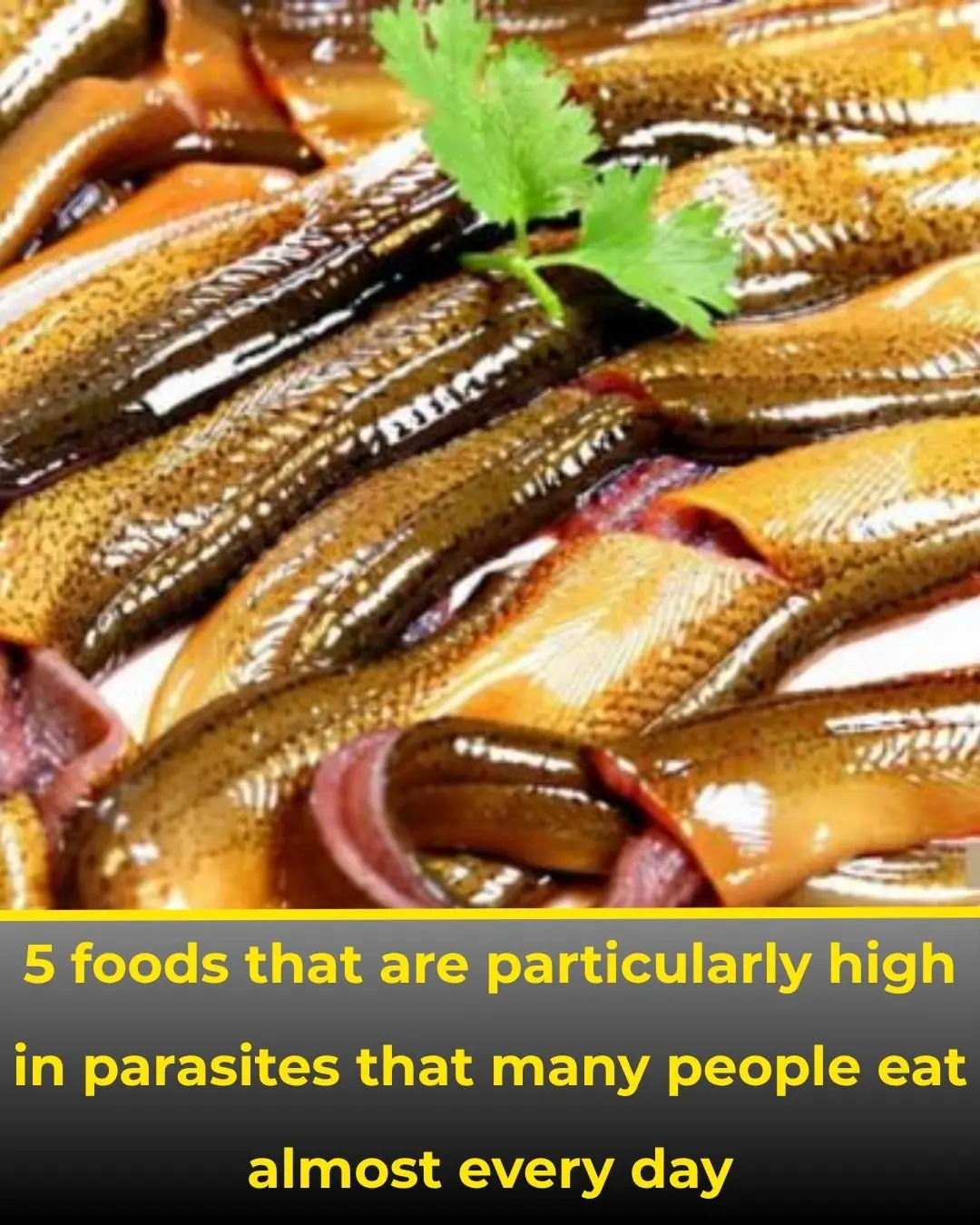
5 Common Foods That Often Contain Parasites — Many People Eat Them Daily

1 Vitamin Stops Calcium Buildup in Arteries and Heart

S:ida Acuta: Exploring the Healing Properties of this Herbal Remedy
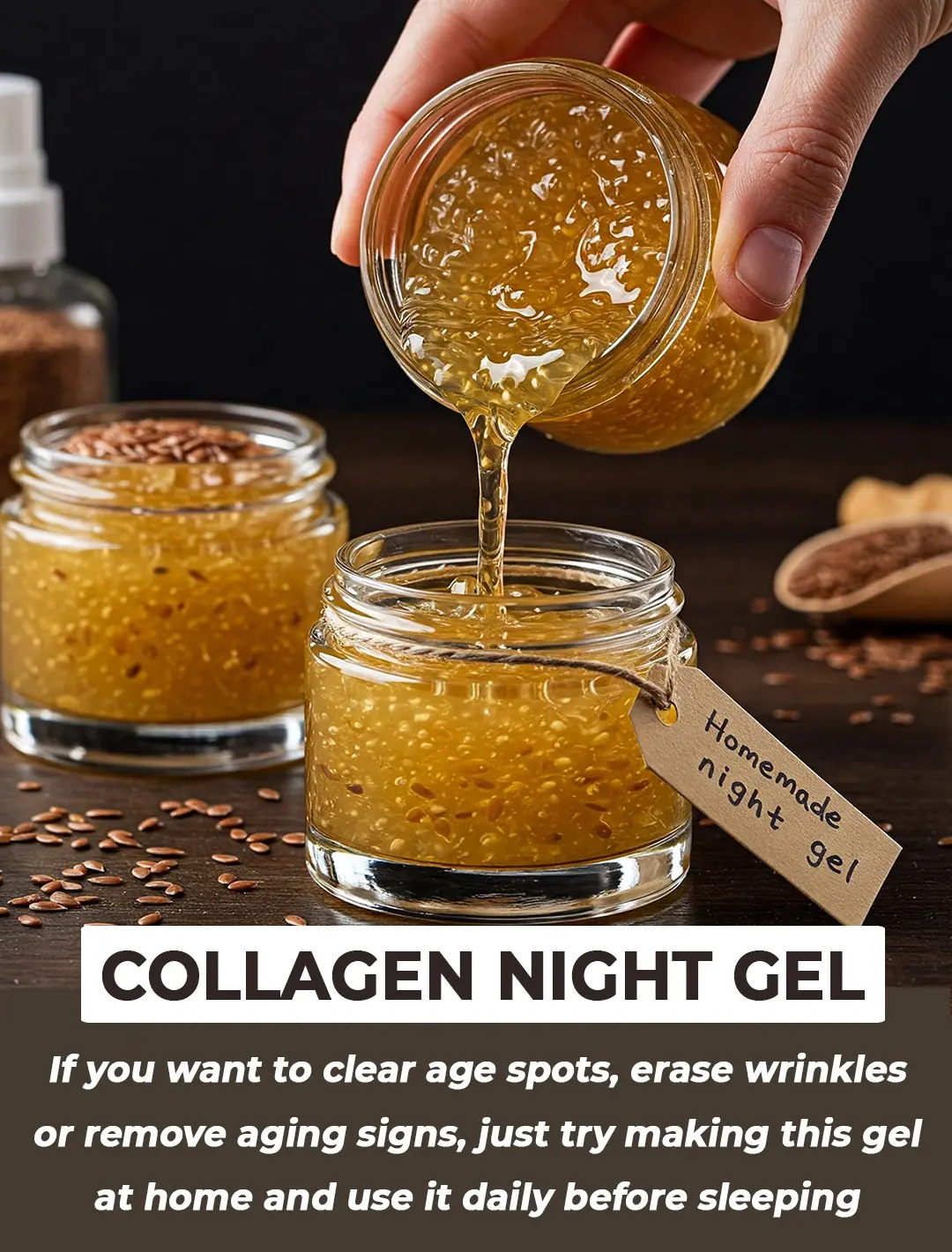
DIY Flaxseed Collagen Night Gel for Hydration and Rejuvenation
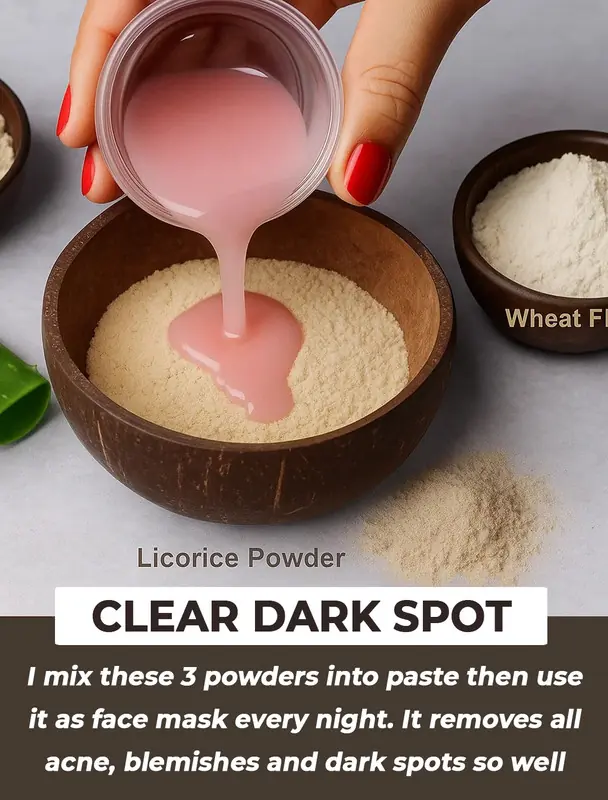
10-Day Licorice Treatment for Dark Spots: Fade Pigmentation and Achieve Glowing Skin Naturally

Easy Recipe to Make ABC Collagen Ice Cubes at Home: The Secret to Glowing, Firm Skin
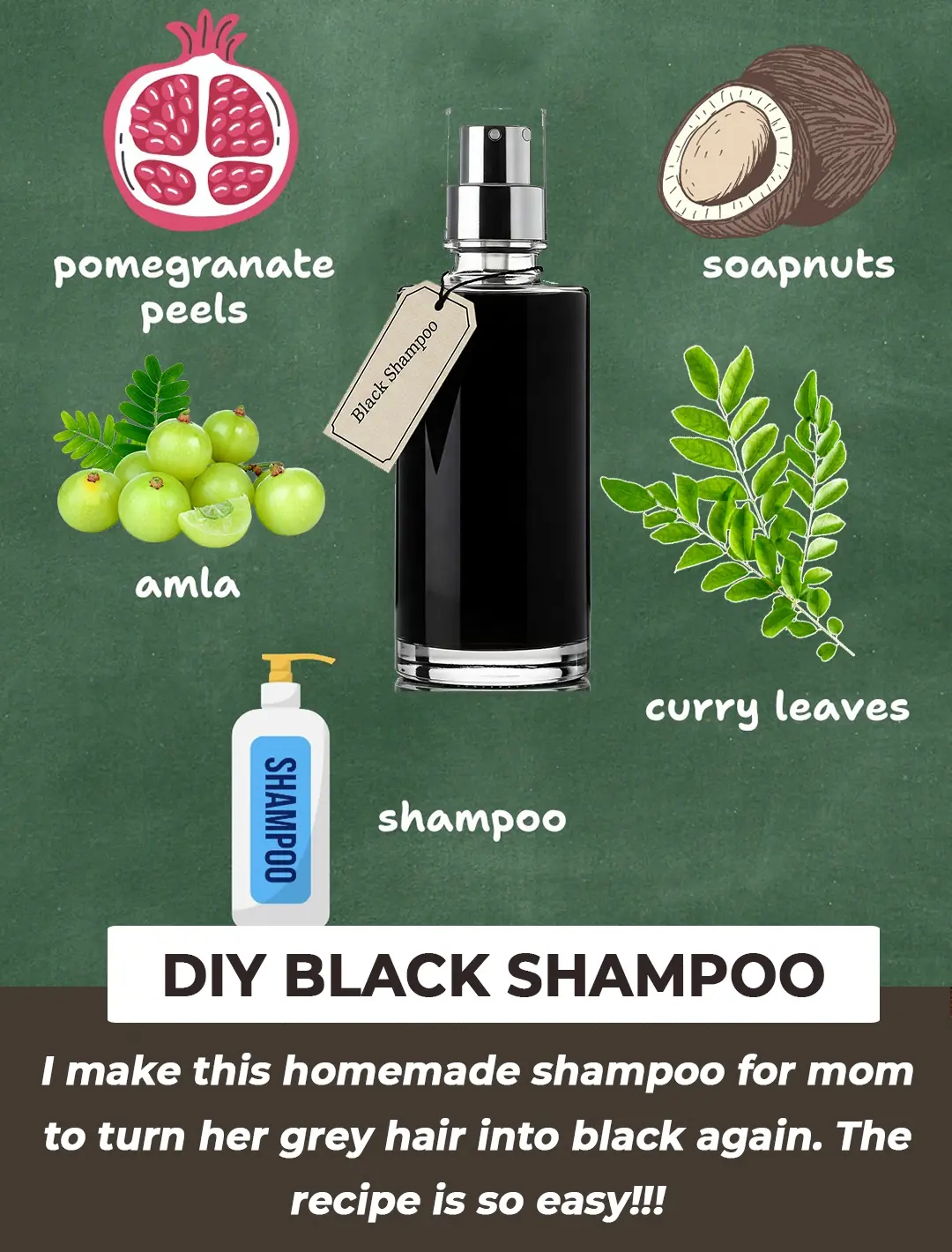
2 Mins Black Shampoo For Grey Hair

Why this doctor refuses to prescribe statins for high cholesterol

The 'divine' secret to frying

Why do we have to leave our phone face down on the table when we are not using it?

Hanging a towel on the door handle before bed: Unexpected benefits but few people know

Tips for conditioning your hair with over-cooked bamboo shoots

Treat premature gray hair thanks to the black dye formula

Magic Eraser can be used for almost anything, but here's what you didn't know

Wrong understanding turns water purifiers into diseases, remove them immediately to avoid harming the whole family
